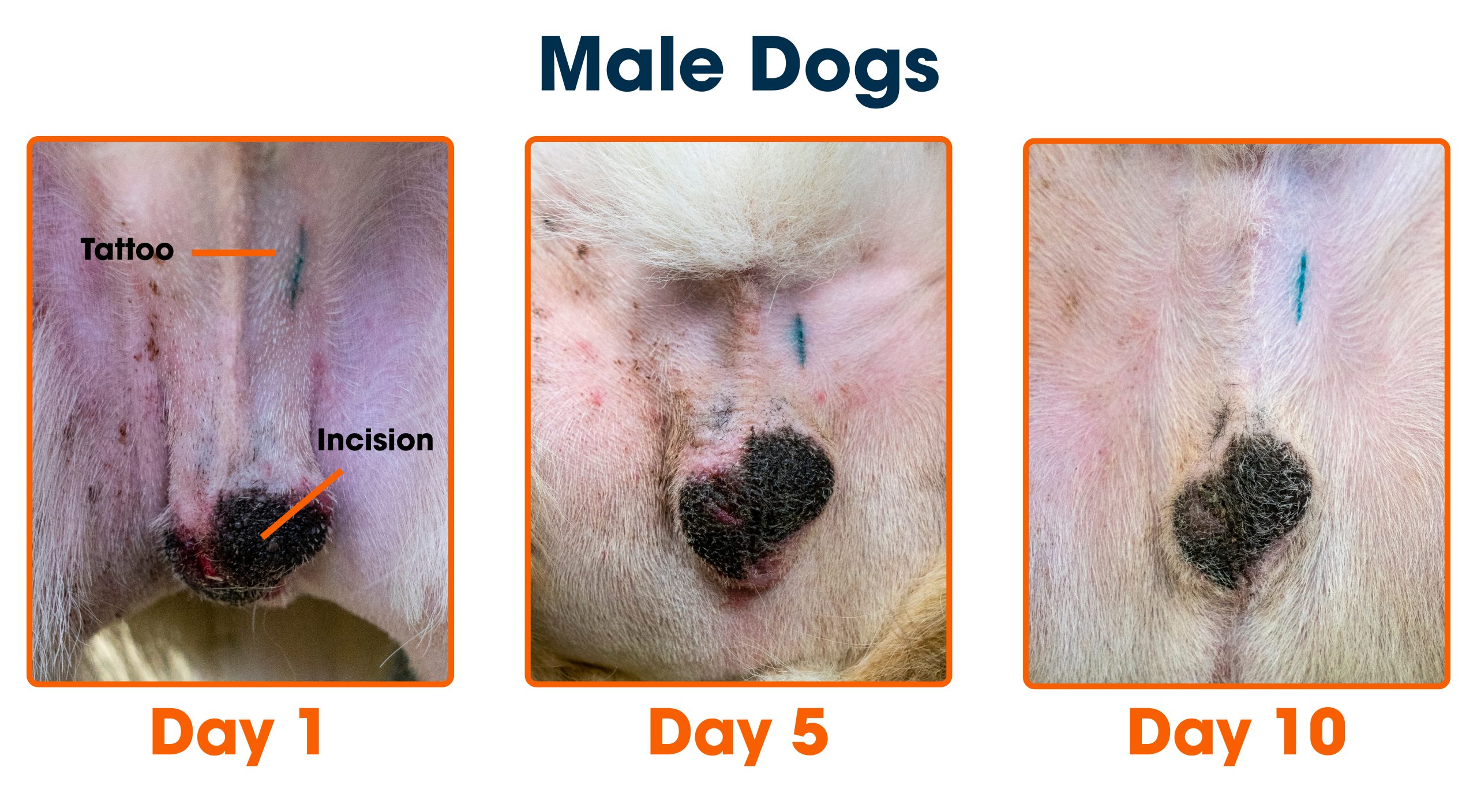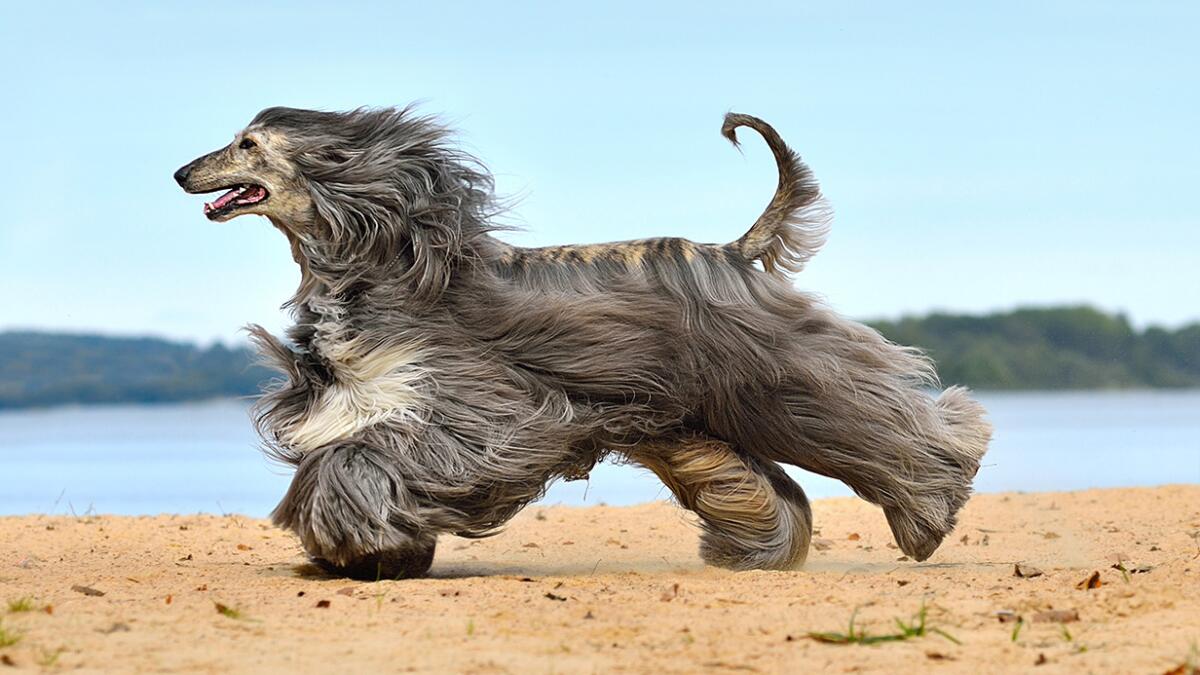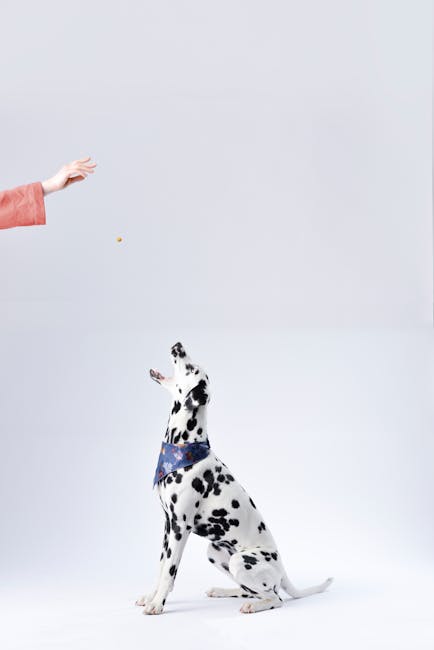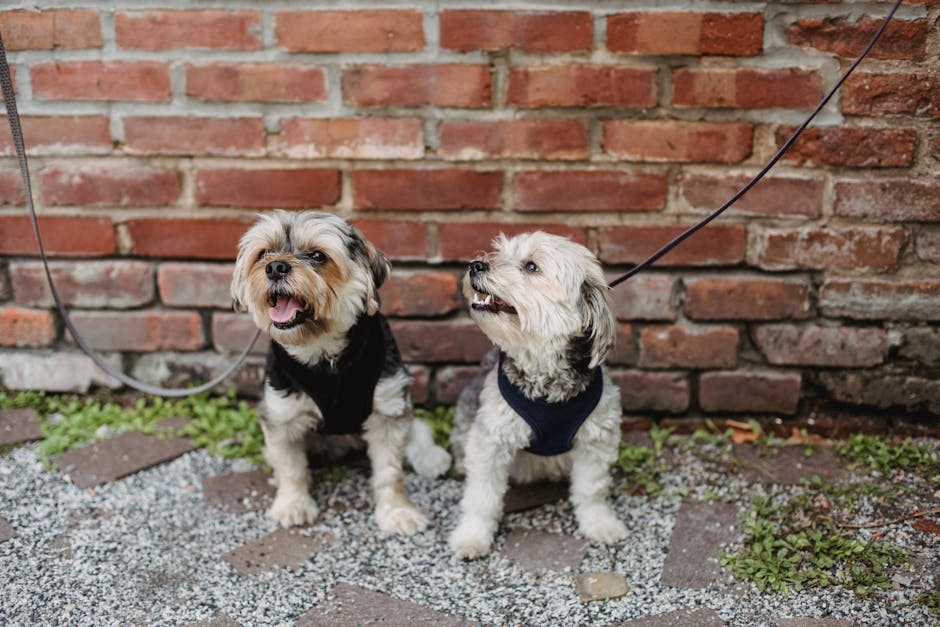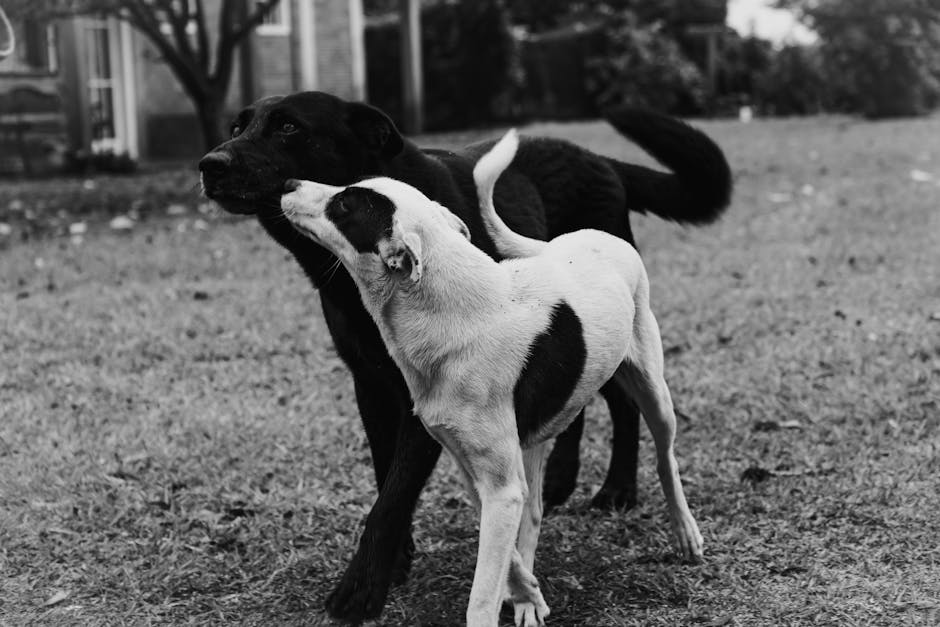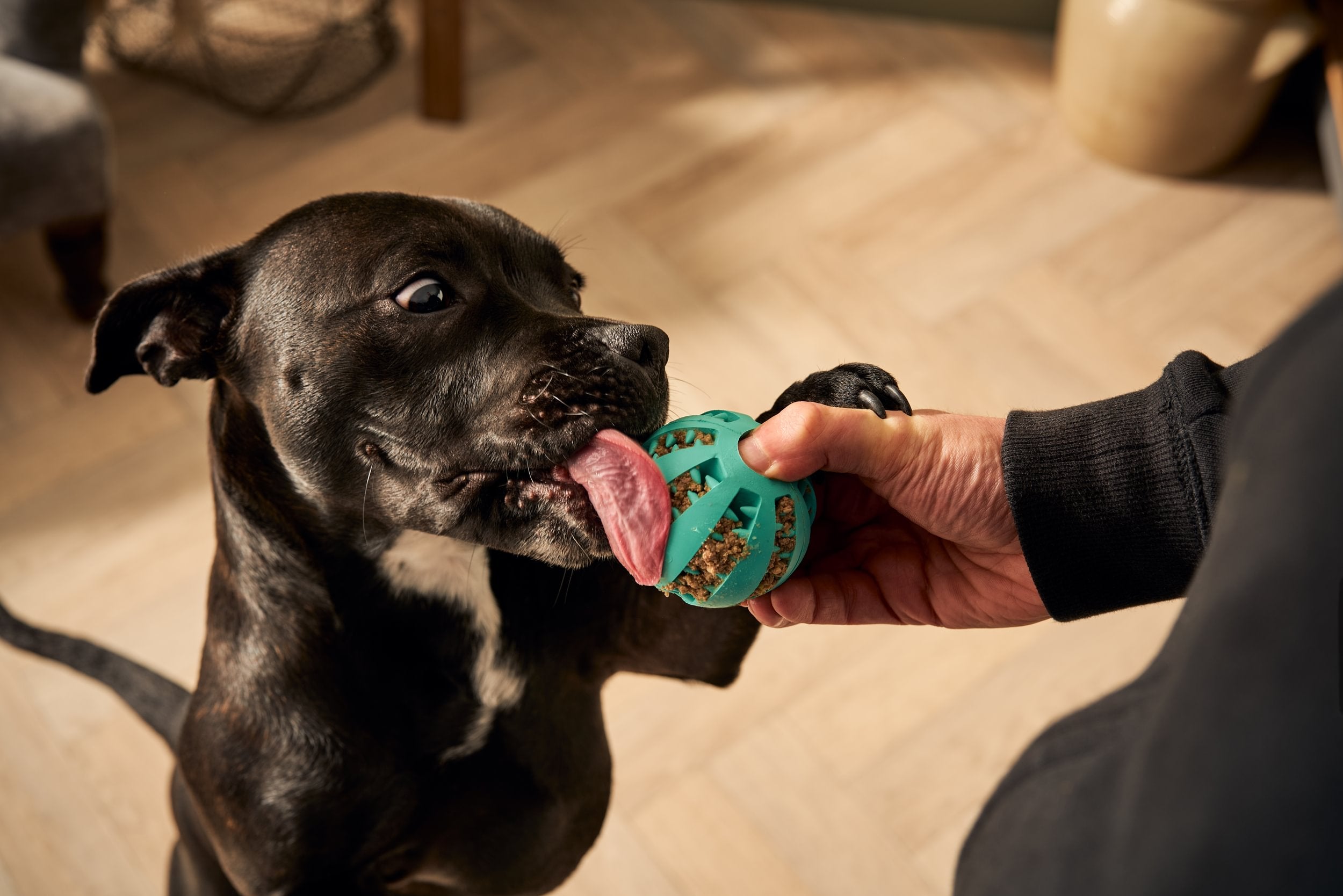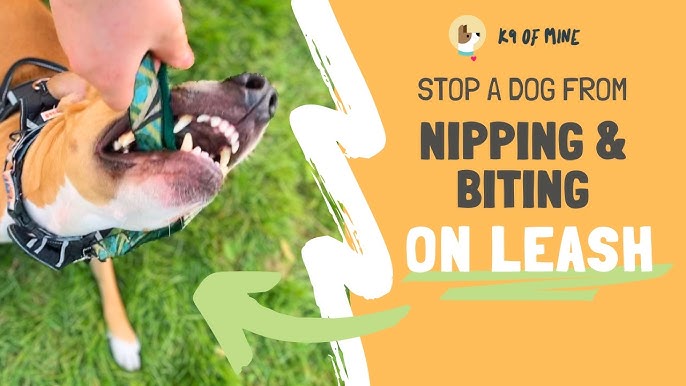Is your dog’s playful biting starting to become a problem? You love your furry friend, but those sharp teeth during playtime can be painful and worrying.
You want to enjoy fun moments without the fear of getting nipped. The good news is, you can teach your dog to play gently. You’ll discover simple, effective steps to stop biting while keeping playtime safe and enjoyable for both of you.
Keep reading to transform your dog’s behavior and create happier, bite-free games!

Credit: www.youtube.com
Causes Of Play Biting
Understanding why your dog bites during play is key to managing the behavior effectively. Play biting can be confusing and even frustrating, especially when it seems to come out of nowhere. Knowing the causes helps you address the root of the issue instead of just the symptoms.
Natural Puppy Behavior
Puppies explore the world with their mouths. Biting is a natural way for them to learn about their environment and interact with their littermates. They often bite during play to test boundaries and communicate, not to hurt you.
Have you noticed how puppies nip each other gently? That’s their way of learning what is okay and what isn’t. Your job is to teach your puppy the difference between playful nips and unacceptable biting.
Teething Discomfort
Just like human babies, puppies go through teething, which can be painful. During this time, their gums are sore, and biting helps relieve that discomfort. If your dog suddenly starts biting more, teething might be the cause.
Providing appropriate chew toys can soothe your puppy’s gums and reduce the urge to bite your hands or clothes. Have you tried switching to softer toys during this phase?
Lack Of Socialization
Dogs that haven’t had enough social interaction may not know how to control their bite pressure. Playing with other dogs teaches bite inhibition, which is the ability to bite gently. Without this, your dog might bite harder than intended during play.
If your dog missed out on early socialization, you might see more biting. How often does your dog get to play with other well-behaved dogs? Increasing social playtime can help improve bite control.
Overexcitement During Play
Dogs can easily get carried away when they are excited. High energy levels often lead to more intense biting as they try to express their enthusiasm. This can happen during fetch, tug-of-war, or even simple petting sessions.
Recognizing when your dog is getting too excited can help you intervene before biting escalates. What calming signals does your dog show when playtime gets too wild? Learning these cues helps you keep play safe and fun for both of you.
Signs Your Dog Is About To Bite
Recognizing the signs your dog is about to bite can save you from unexpected nips during playtime. Dogs often give clear signals before they bite, and understanding these cues helps you intervene early. Watching closely for these signs lets you keep play fun and safe for both you and your pet.
Body Language Cues
Your dog’s body speaks volumes before a bite happens. Look for stiffening muscles, a raised tail, or a rigid stance—these often mean your dog is feeling tense or overstimulated.
Sometimes, a dog will lean forward or freeze in place just before biting. If your dog suddenly stops wagging its tail or starts backing away, these are also important clues.
Vocalizations
Listen closely to your dog’s sounds. Growling, snarling, or a low, rumbling bark usually signals discomfort or warning.
Whining or yelping can indicate fear or frustration, which might lead to biting if ignored. Have you ever noticed a sudden change in your dog’s usual noises before a nip? That’s your cue to pause the play.
Facial Expressions
Facial cues can be subtle but telling. Watch for bared teeth, wrinkled nose, or a tight mouth—these often mean your dog is ready to bite.
Eyes can reveal stress too. Dilated pupils, direct staring, or avoiding eye contact might mean your dog is uncomfortable.
Safe Play Techniques
Safe play techniques help keep your dog happy and prevent biting. Teaching your dog how to play gently builds trust. Using the right tools and clear rules makes playtime fun and safe. These simple steps guide your dog toward better behavior during play.
Using Appropriate Toys
Choose toys that are made for dogs to chew and bite. Soft, durable toys protect your dog’s teeth and your hands. Avoid using your fingers or clothes as play objects. Offer toys like ropes, balls, or rubber chew toys. Rotate toys often to keep your dog interested.
Setting Play Boundaries
Set clear rules for playtime to stop biting early. Teach your dog that biting skin or clothes is not allowed. Use a firm “no” or “ouch” to show when play is too rough. Pause the game for a short time if biting happens. Consistent boundaries help your dog learn limits fast.
Encouraging Gentle Play
Reward your dog for calm and gentle behavior during play. Use treats or praise to encourage soft mouthing and no biting. Redirect biting to toys whenever your dog gets too rough. Practice slow and gentle play sessions to build good habits. Patience and kindness help your dog improve over time.

Credit: forthglade.com
Training Methods To Reduce Biting
Training methods are key to reducing biting during play. Dogs learn best through clear guidance and consistent rules. These methods help dogs understand what behavior is acceptable.
Patience and regular practice improve results. Training builds trust and strengthens your bond with your dog. Each approach focuses on teaching dogs gentle play habits.
Positive Reinforcement
Positive reinforcement rewards good behavior immediately. Use treats, praise, or petting to encourage gentle play. This method motivates dogs to repeat calm actions.
Avoid punishment or harsh corrections. They can increase fear or aggression. Instead, reward the dog as soon as it stops biting.
Redirecting Biting Behavior
Redirect biting to appropriate toys or objects. Offer a chew toy whenever your dog tries to bite your hands or clothes. This teaches what is okay to bite.
Stay consistent and ready with toys during playtime. Praise your dog when it chooses the toy over skin. Over time, biting will focus on toys only.
Teaching Bite Inhibition
Bite inhibition means teaching your dog to control bite pressure. Show your dog that biting too hard ends the game. Stop playing immediately if the bite hurts.
This helps dogs learn to be gentle with their mouths. Over time, dogs understand to bite softly or not at all during play.
When To Seek Professional Help
Knowing when to seek professional help can make a big difference in stopping your dog from biting during play. Sometimes, what seems like simple mouthing can actually signal deeper issues that need expert guidance. Recognizing the right moment to get help protects both you and your dog and ensures a happier, safer environment.
Signs Of Aggression
Not all biting is the same. Watch closely for signs like growling, snapping, or intense staring during play. If your dog’s bites leave marks or cause pain, it’s time to pay attention.
Other signs include:
- Stiff body posture or raised hackles
- Repeated lunging or biting despite being told “no”
- Fearful or defensive behavior when approached
Do you notice your dog’s biting getting worse or more frequent? These signals suggest you may need a professional’s help to avoid escalation.
Behavioral Consultation Options
A certified animal behaviorist can analyze your dog’s specific triggers and develop a tailored plan. They dig into why your dog bites during play and suggest strategies that actually work.
Consultations often include:
- Detailed behavior assessments
- Guidance on safe play techniques
- Stress and anxiety management methods
Getting professional insight early can prevent frustration and help you bond better with your dog. Have you tried changing play styles but still face biting issues? This is where a behavioral consultant shines.
Training Classes And Resources
Group or private training classes offer hands-on learning to teach your dog bite inhibition and impulse control. Experienced trainers use positive reinforcement to shape good play habits.
Look for classes focused on:
- Basic obedience combined with bite control
- Socialization with other dogs and people
- Handling and calming techniques
Many owners find that consistent training not only stops biting but boosts their dog’s confidence. Are you ready to invest time in structured lessons that bring real results?

Credit: pupford.com
Frequently Asked Questions
How Can I Teach My Dog Not To Bite During Play?
Use consistent commands like “No bite” and redirect to toys. Reward gentle play with treats and praise. Stop play immediately if biting occurs to show it’s unwanted.
Why Does My Dog Bite While Playing?
Dogs bite during play to explore or communicate excitement. Puppies use biting to learn boundaries. It’s natural but needs proper training to prevent aggressive behavior.
What Are The Best Toys To Prevent Biting?
Choose durable chew toys that satisfy your dog’s urge to bite. Avoid soft toys that encourage aggressive chewing. Rotate toys to keep your dog interested and less likely to bite hands.
When Should I Seek Professional Help For Biting?
If your dog bites hard or aggressively despite training, consult a trainer or behaviorist. Early intervention prevents escalation and ensures safe play for everyone involved.
Conclusion
Stopping a dog from biting while playing takes patience. Consistent training helps a lot. Use toys to redirect biting instincts. Praise your dog for gentle play. This builds positive habits. Set clear boundaries for your dog. They need to know what is okay.
Supervise playtime closely. This prevents accidents. Playtime should be fun but safe. Keep interactions calm and controlled. Dogs learn best in relaxed settings. Bond with your dog through positive play. A strong bond reduces biting behavior. With time, your dog will understand gentle play.
Enjoy a happier, safer companionship.

